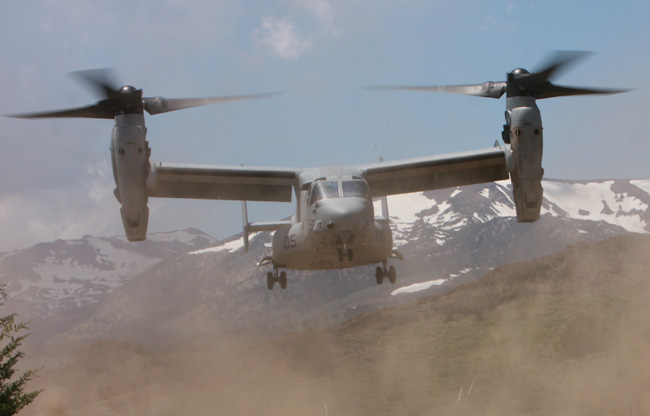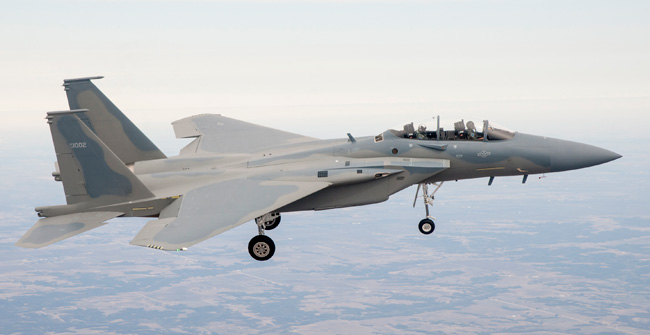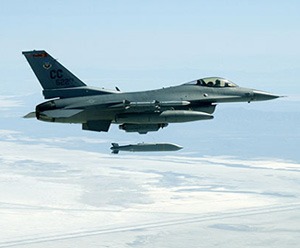
The US is preparing a multi-billion arms deal that will include the sales of advanced fighter planes, air-to-ground strike weapons and special mission aircraft to Israel, Saudi Arabia and the UAE. The total value of these packages is expected to exceed $10 billion.
As part of these sales the United States has agreed to deploy standoff precision attack weapons to Saudi Arabia and the UAE. Although the exact type of anti-radiation or standoff weapon has not been detailed by the Pentagon, it is believed that those weapons are the AGM-154C Joint Stand-Off Weapon (JSOW-C) built by Raytheon,
to be carried by Boeing F-15SA and Lockheed Martin F-16 Block 60s, and Advanced Anti Radiation Guided Missile (AARGM – AGM-88E) destined for the Israeli F-16s and F-15s.
The sale of advanced strike weapons has always been a sour issue for US exports, as such plans traditionally encountered opposition in Congress. Last month the US lost an opportunity in South Korea, after Seoul opted to buy a German weapon after failing to get approval for buying the US JASSM. Sales of strike weapons to Middle Eastern air forces met similar opposition, strengthened by Israeli supporters on the Hill.
This time the arms packages are bundled in a way that could defuse potential opposition often raised by plans to transfer offensive weapons to Middle Eastern countries. “A key part of the agreement is that we believe, and the Israelis believe, that [providing] these capabilities in no way diminishes Israel’s qualitative military edge, but are consistent with [the need to] commonly address threats in the region.” Pentagon official said. The United States will jointly train with the Emirati and Saudi pilots, as has been the case for other sales of military aircraft, he noted, adding that “There will be enhanced end-use monitoring consistent with what we provide with sensitive technology to our other allies and partners around the region… and there will be consultations prior to any of the weapons’ deployment.”
Defense Secretary Chuck Hagel is expected to discuss and finalize the agreements on these arms sales this week, during his visits in Israel, Jordan, and Saudi Arabia. According to senior Pentagon sources, the secretary’s a six-day trip will includes meetings with counterparts and officials in Israel, Jordan, Saudi Arabia, Egypt and the United Arab Emirates. Sources said Hagel plans to discuss the ‘historic arms deal’ that involves Israel, Saudi Arabia and the UAE, along with the situations in Syria, Iran, and the Sinai Peninsula.
To continue reading the full version of this article
please subscribe to Defense-Update Premium plan





















